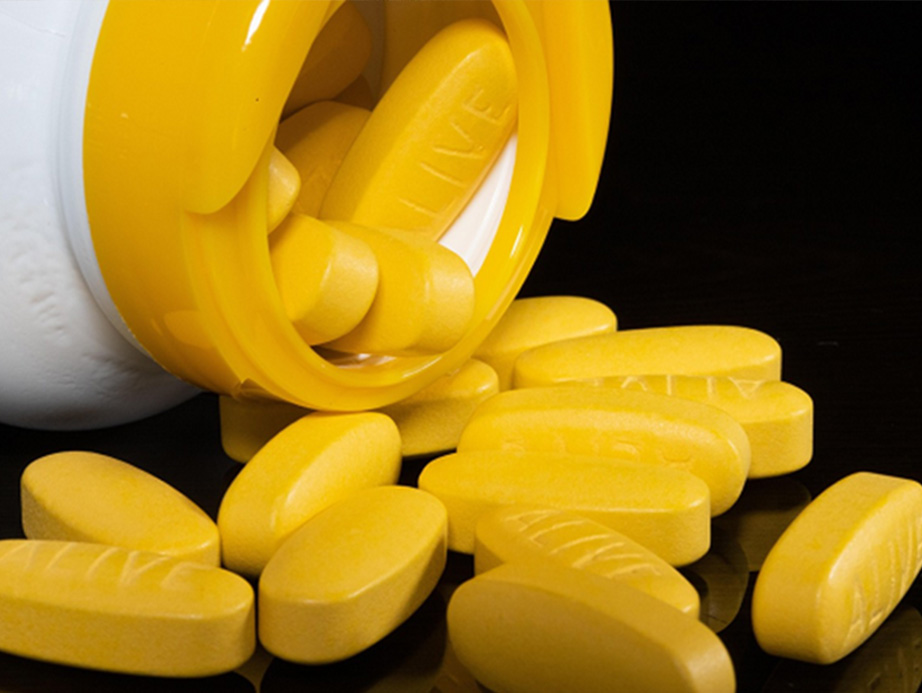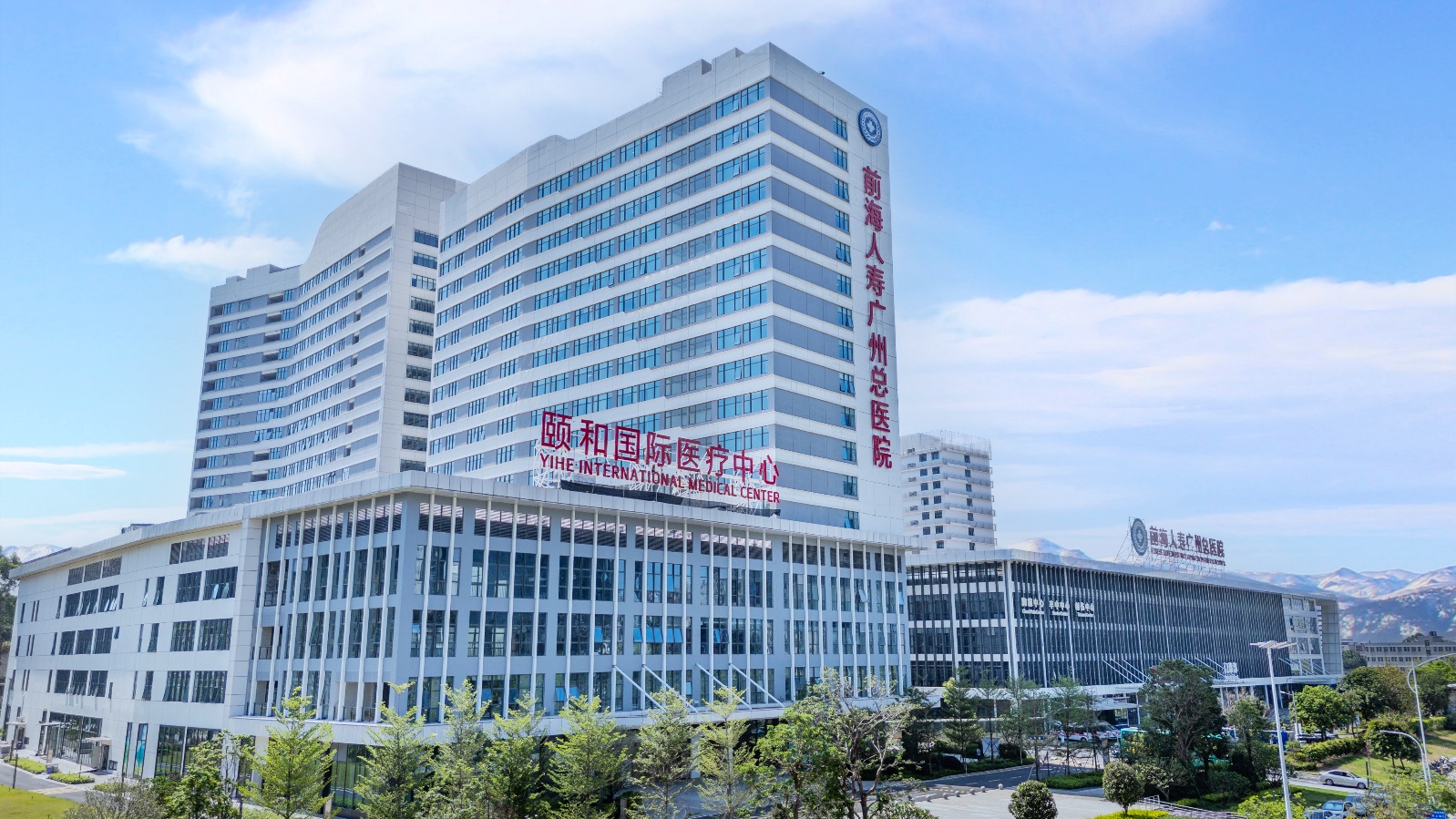- Home/
-
About Us/
-
Doctors and Services/
-
Ward and Services/
-
News/
Cancer poses a serious threat to human health. As China enters an aging society, the overall incidence of cancer continues to rise. According to data from the National Cancer Center, there were 4.29 million new cases of malignant tumors in China in 2015, and this number is expected to increase by 8% to 4.57 million by 2025.
In terms of cancer treatment, while there have been breakthroughs in emerging therapies such as targeted therapy and immunotherapy in recent years, chemotherapy remains the primary treatment method. For several types of cancer with high incidence and mortality rates, the role of chemotherapy remains irreplaceable, and it is currently the main treatment method in most hospitals in China. According to data from the National Cancer Center, approximately 70% of new cancer patients in China received chemotherapy between 2015 and 2023. According to GLOBOCAN projections, the number of people requiring chemotherapy in China is expected to reach 4.2 million by 2040.
While chemotherapy can kill cancer cells, it also indiscriminately attacks healthy cells, leading to a decline in patients' immunity and significant adverse reactions, such as severe pain, loss of appetite, vomiting, weakness and fatigue, and malnutrition. How to reduce the side effects of chemotherapy and minimize its impact on patients' bodies has been a long-standing challenge for the medical community.
The Warburg therapy is one such solution. This therapy is based on a significant discovery by Nobel Prize in Physiology or Medicine laureate Otto Warburg: tumor cells tend to obtain energy through glycolysis rather than the metabolic pathways used by healthy cells. Inspired by this finding, the medical community has developed a series of methods to inhibit tumor growth by intervening in the energy metabolism of tumor cells, known as Warburg therapy.
According to Foresea Yihe International Medical Center (hereinafter referred to as “Foresea Yihe”), Warburg therapy first uses insulin injections to lower the patient's blood sugar to a relatively low level, followed by small doses of targeted chemotherapy drugs. At this point, tumors, lacking sugar as an energy source, find it difficult to develop resistance, significantly reducing the required dosage of chemotherapy drugs—sometimes as little as one-tenth of the normal dose.

Based on extensive practical experience in treating a large number of patients with the Wabo therapy, Foresea Yihe believes that the Wabo therapy significantly reduces the dosage of chemotherapy drugs. This not only minimizes side effects but also allows patients to undergo treatment for a longer duration. Additionally, it reduces the likelihood of tumor resistance developing, thereby enhancing the efficacy of chemotherapy. The Wabo therapy offers the advantages of being safe, highly effective, and having minimal toxic side effects.
Wabo therapy is now adopted by the Foresea Yihe Tumor Center. The reason for adopting this therapy is that, compared to other therapies, Wabo therapy places greater emphasis on patients' health status and quality of life, with a smaller economic burden, which aligns with Foresea Yihe Hospital's commitment to providing a “warm, high-quality medical ‘heartfelt’ experience.”
It is reported that Foresea Yihe is a high-level comprehensive medical service platform specially established by Foresea Life Insurance Guangzhou General Hospital. It integrates a strong professional team within the hospital and over 100 specialized professionals from various departments outside the hospital, dedicated to providing patients with a one-stop health management and general medical service that combines professional customized high-end health checkups, full-cycle diagnosis and treatment, and comprehensive health management.
